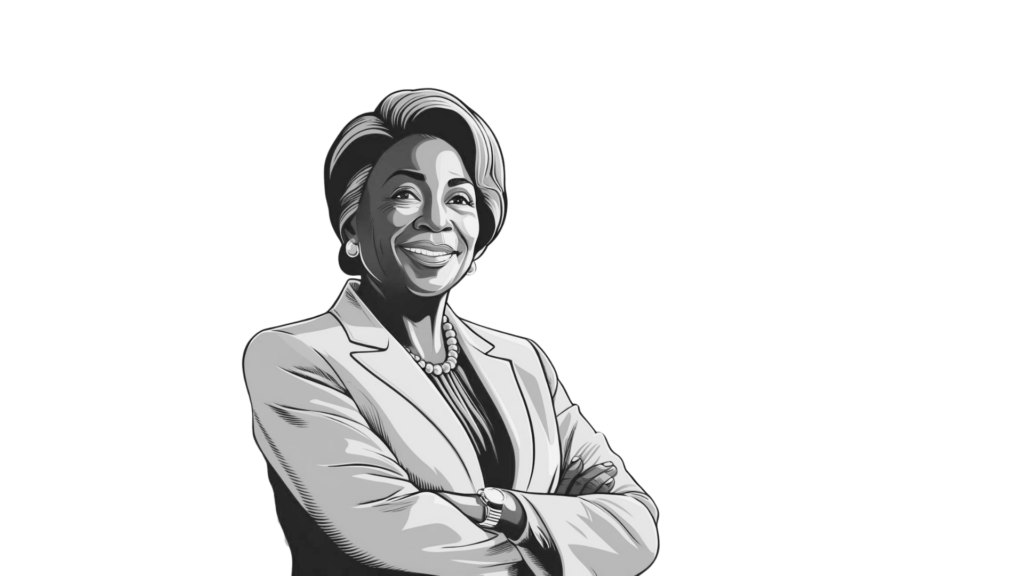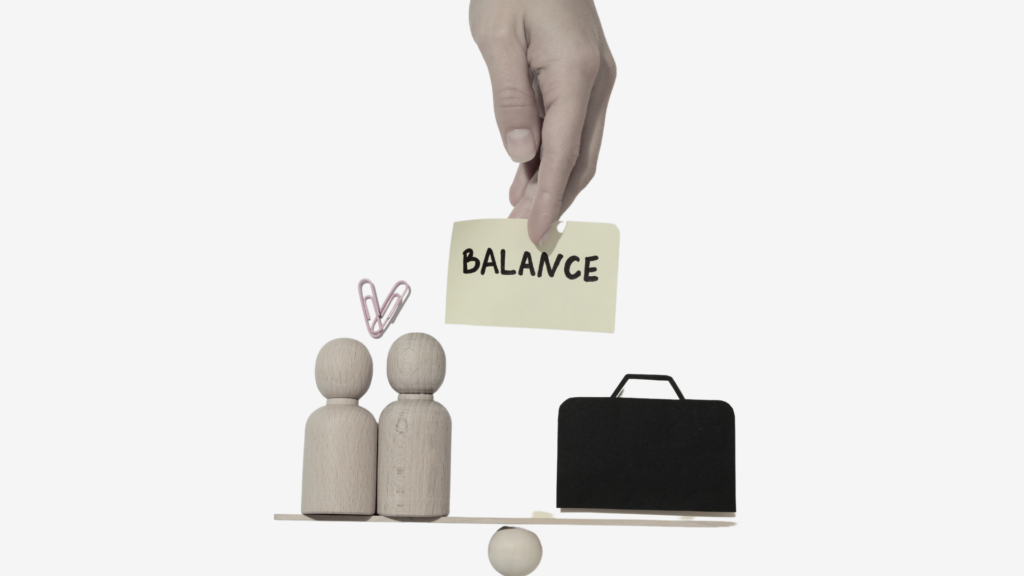Diversity and inclusion (D&I) have become central to the global business agenda. Companies around the world recognize that fostering a diverse and inclusive workforce is not just a moral imperative but also a strategic advantage. In this article we explore the current status of D&I in the workplace, highlighting progress, challenges, and regional variations.
Progress in Diversity and Inclusion
Increased Awareness and Commitment
Over the past decade, there has been a significant increase in awareness and commitment to D&I. Many organizations have established D&I policies, created dedicated roles such as Chief Diversity Officers, and implemented training programs to promote an inclusive culture.
Representation and Workforce Composition
There has been progress in diversifying the workforce, particularly in terms of gender and ethnicity. For example, the proportion of women in leadership roles has steadily increased in many regions. According to Catalyst, women held 29% of senior management roles globally in 2020, up from 21% in 2015.
Diverse Perspectives Driving Innovation
Companies are increasingly recognizing the value of diverse perspectives in driving innovation. Research by McKinsey & Company has shown that diverse companies are more likely to outperform their peers in profitability. Diverse teams bring varied viewpoints, leading to better problem-solving and creativity.
Regional Variations in D&I
North America
In North America, D&I initiatives are well-established, with a strong focus on gender and racial diversity. The Black Lives Matter movement has amplified discussions around racial equity, prompting many companies to reassess their practices and make public commitments to improve diversity.
Europe
European countries also show a strong commitment to D&I, with the European Union actively promoting policies to enhance workplace diversity. Gender diversity is a particular focus, with several countries implementing quotas for female representation on corporate boards. However, ethnic diversity remains a challenge, particularly in countries with less diverse populations.
Asia-Pacific
The Asia-Pacific region presents a mixed picture. While countries like Australia and New Zealand are leaders in promoting gender diversity, other countries are still in the early stages of D&I efforts. Cultural norms and varying levels of economic development influence the pace of progress.
Middle East and Africa
In the Middle East, there is growing attention to gender diversity, with some countries making strides in increasing female participation in the workforce. However, broader D&I initiatives are less prevalent. Africa faces unique challenges due to economic disparities and diverse cultural contexts, but there are efforts to promote inclusion, particularly through multinational companies operating in the region.
Challenges in Advancing D&I
Unconscious Bias
Unconscious bias remains a significant barrier to achieving true diversity and inclusion. Despite training programs, biases in hiring, promotion, and daily interactions can persist, hindering the progress of underrepresented groups.
Measurement and Accountability
Measuring the impact of D&I initiatives and holding organizations accountable for progress can be challenging. There is often a lack of standardized metrics and reporting frameworks, making it difficult to track and compare progress across organizations and regions.
Cultural and Structural Barriers
Cultural and structural barriers can impede D&I efforts. Societal norms, discriminatory practices, and rigid organizational structures can all contribute to an exclusionary environment. Overcoming these barriers requires sustained effort and cultural change.
The Future of D&I
Inclusive Leadership
The future of D&I depends on inclusive leadership. Leaders must champion D&I initiatives, model inclusive behaviour, and hold their organizations accountable. This includes creating safe spaces for dialogue, addressing systemic biases, and ensuring diverse voices are heard.
Technology and Innovation
Technology will play a crucial role in advancing D&I. Tools that leverage artificial intelligence can help reduce bias in recruitment and performance evaluations. Additionally, data analytics can provide insights into diversity metrics and inform targeted interventions.
Global Collaboration and Standards
Global collaboration and the development of international standards can enhance D&I efforts. Organizations like the United Nations and the World Economic Forum are promoting global initiatives to advance diversity and inclusion, fostering a shared commitment to these values.
Conclusion
The current status of diversity and inclusion in the workplace globally shows a positive trend toward greater awareness and action. While significant progress has been made, challenges remain. To build truly inclusive workplaces, ongoing efforts, inclusive leadership, and global collaboration are essential. By embracing diversity and fostering an inclusive culture, organizations can drive innovation, enhance performance, and contribute to a more equitable world.


